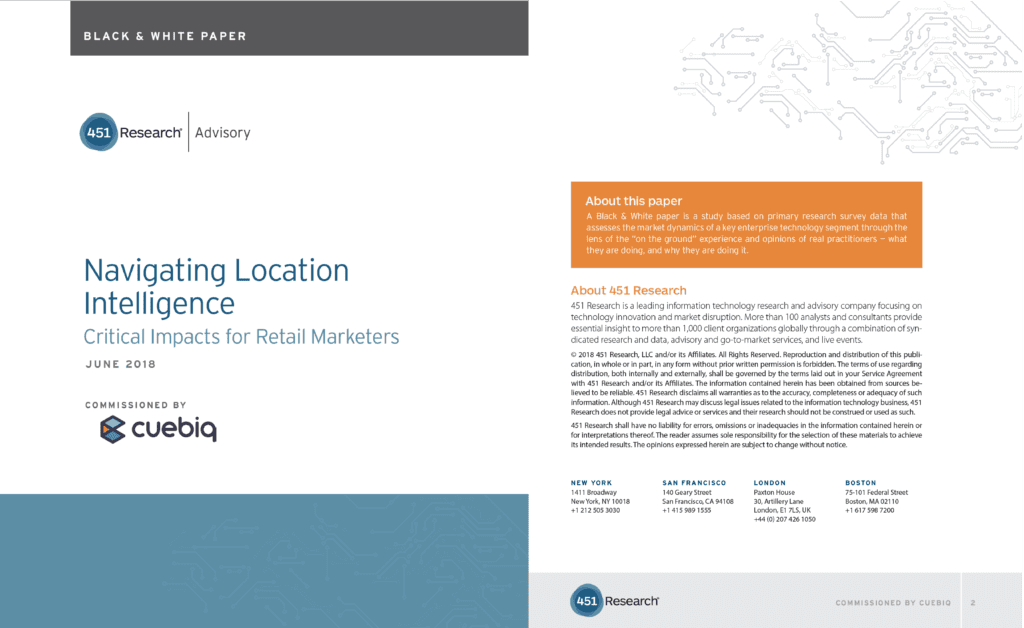As a retailer, you’re probably well aware that Amazon Prime Day is quickly approaching. And you’re probably fed up with hearing about how Amazon has monopolized back-to-school season with Prime Day, stealing more and more market share from brick-and-mortar retailers over the last few years.
But what if we told you that you could actually benefit from Prime Day, if you played your cards right? Read on to learn what you could do differently this year to actually capitalize on the success of Prime Day — which you can apply to your marketing efforts to outsmart Amazon.
Understand the New Back-to-School Paradigm
Before you can start strategizing on how to outsmart Amazon, however, it’s important to understand how they completely changed back-to-school season with Prime Day. By creating a one-day shopping promotion during the second week in July — that sold over 100 million products last year (according to eMarketer) — Amazon has effectively hijacked back-to-school season and moved it up to July. And it makes sense, right — if consumers can get insane deals online in July, why would they wait until August or September to get traditional back-to-school deals from brick-and-mortar retailers?
As follows, it’s important for retail marketers to acknowledge that Amazon Prime Day is the new back-to-school kick-off point. And in fact, 84% of retailers surveyed by RetailMeNot believe back-to-school shopping began on or before Prime Day last year… but now they need to capitalize on this knowledge.
Run Deals Relative to Prime Day
Instead of letting Amazon Prime Day hinder them, retailers should use the day to their advantage to increase back-to-school sales. There are three main ways retailers can run deals relative to Prime Day:
- Target shoppers in the weeks leading up to Prime Day
- Target shoppers actively shopping on Prime Day
- Target shoppers who may have missed Prime Day with deals once it’s over
Several savvy retailers have capitalized on one or more of these strategies to ride the waves of Prime Day.
- Macy’s promoted “Black Friday in July” for the entire week last year, offering massive deals both in-store and online, plus free shipping.
- Kohl’s held a one-day sale event ahead of Prime Day, called “It’s A Big Deal.”
- Target offered discounts on Prime Day itself, emphasizing that there’s “no membership required” to benefit from their various deals, in direct opposition to Amazon Prime.
With proper planning, retailers can take full advantage of Prime Day and offer consumers not only great deals, but also a strong user experience that Amazon may not always be able to provide.
Invest in New Technology
Once you’ve determined the timeline for when you’d like to run deals relative to Prime Day, you need to make sure you’re maximizing those marketing strategies. One way to do so is by investing in new technology.
By leveraging new data sets, you can target consumers based on their profile, measure the effectiveness of your marketing campaigns, and then optimize them in-flight. For example, you can leverage offline intelligence to strategize and execute more efficient, better-performing marketing campaigns that drive in-store visits.
You can also use offline intelligence to increase brand loyalty — a metric that many retailers cite along with customer engagement as key to measuring success. If retailers can capitalize on new data sets, they will be able to leverage consumer insights for more effective loyalty programs, better co-branding initiatives, and evaluating new partnerships. To find out more about how offline intelligence can help retail marketers, check out our white paper.
As retailers look to capture market share and compete with Amazon for back-to-school season, they must invest in technology that will help them enhance their marketing campaigns. At the end of the day, if they don’t make their marketing campaigns count, they will be left behind.




